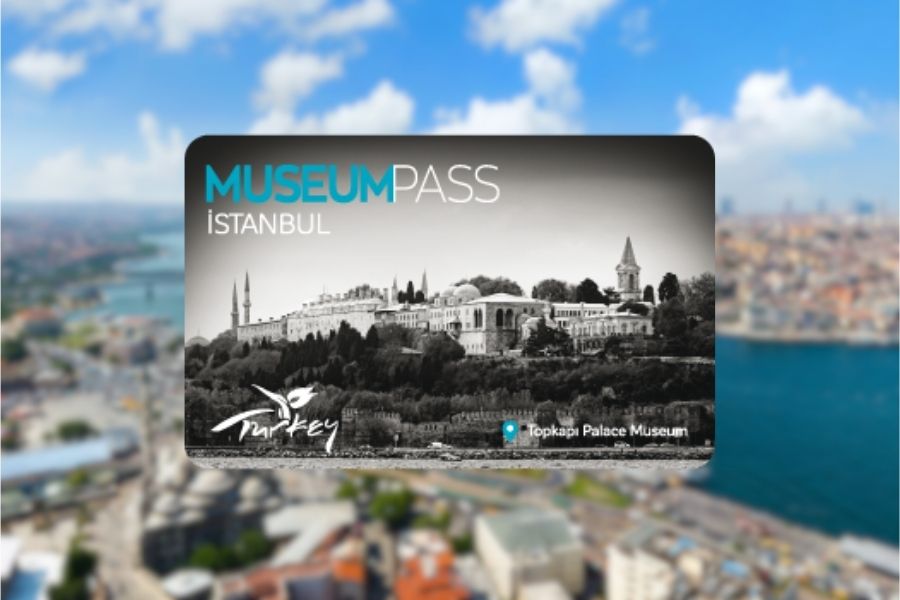
Historical Mosques of Muğla
Table Of Contents
When Muğla is mentioned, the first things that come to mind are the sea and vacation. However, Muğla is also one of our cities that is extremely important in terms of Islam. There are historical places of worship in the region.
The name of the Ancient Caria Region became Muğla with the spread of Islam. This information is also included in Evliya Çelebi's travel book. Another narration about the name of the city is that the Ancient Caria Region was once in the hands of the Greeks. Muğlı Bey, who was a Christian at that time, saw Hz. Muhammed in his dream and immediately became a Muslim. Then he conquered the Muğla Castle and took the region from the Greeks. The city also began to be known by his name.
In this article as GeziBilen, we will both visit these sacred structures in Muğla and bring to light the history of the mosques.
Firuzbey Mosque
Located in the Firuz Paşa Neighborhood of the Milas district of Muğla, the Firuzbey Mosque was built in 1394, just after the Ottomans took over the Menteşe Principality. The architect of the mosque was Hasan bin Abdullah. It is also known as the Kurşunlu Mosque because its dome is covered with lead, and as the Gök Mosque because of the color of the marble used on its walls. The large courtyard of the mosque can be entered from three different entrances from the south, north and east.
The mosque, which bears the characteristics of Ottoman architecture, has an inverted “T” shape. There are no traces left in the cemetery in its graveyard other than a few tombstones. On the west side of the mosque are the ruined madrasah rooms, and on the north side are the fountains.
Belen Mosque
The construction date of the mosque, located on Hisarbaşı Hill in Milas, Muğla, is unknown. Due to its architectural structure, it is estimated to have been built in the 14th century. According to one rumor, the mosque was converted from a church to a mosque by someone named Hoca Mukbil.
The ceiling of the mosque is made of wood. Its walls are made of a mixture of stone and brick. The exterior is left unplastered. The main entrance door of the mosque is located in the north. There is a small entrance door in the west. The places of worship are separated from each other by three columns. These columns are connected to each other by pointed arches.
The first serious restoration of Belen Mosque was made in 1750 by Mehmet Sait Ağa, the son of Abdülaziz Ağa. Its minaret was built by Ömer Ağa in 1811.
Due to the increasing population in the district, an additional building was built to the historical mosque. The additional building, which includes the mihrab, was designed in a very simple way. The Regional Directorate of Foundations restored the courtyard of the mosque in 2010 in a way that is true to the original.
Milas Ulu Mosque
The mosque, located in the Hocabedrettin Neighborhood of Milas, is the largest mosque in the district. The mosque was built in 1378 by Ahmet Gazi.
It is seen that the walls of the mosque, which is supported by buttresses, are made of antique materials. During the restoration carried out in 1987, it was understood that the window on the eastern side of the mosque was actually a door and this window was transformed into an arched door in accordance with the original. There is a minaret on the north of the mosque, which is reached by a staircase of 33 steps that was added later. Such a large and historical mosque does not have a fountain. However, there is a well in the mosque in return. The plan and the upper cover of the Milas Ulu Mosque continue the traditional architecture of the Seljuk period.
Kurbanzade Mosque
The exact year of construction of the Kurbanzade Mosque is not known. However, according to records, it is known to be older than 1875. The mosque was built by Kurbanzade Hacı Süleyman Efendi. He also turned it into a Naqshbandi lodge.
Some sources state that there was a madrasah in the garden of the mosque. There is also a fountain built by Kabasakalzade Hafız Efendi in front of the madrasah. In addition, a minaret made of cut stone was later built for the mosque. The grave of Kurbanzade Hacı Süleyman Efendi, who had the Kurbanzade Mosque built, is in front of the mosque. The ownership of the Kurbanzade Mosque belongs to the General Directorate of Foundations. The mosque is registered as a historical artifact.
Kurşunlu Mosque
The mosque, located in the Balıbey Neighborhood of the Menteşe district of Muğla, was built in 1493 by Şucaeddin Bey, the bey of Menteşe. It was named the Kurşun Mosque because its dome was covered with lead plates. Evliya Çelebi mentioned the mosque a lot in his work Seyahatname.
Kurşunlu Mosque bears the characteristics of Ottoman architecture. There are 2 fountains in its garden. When it was first built, there was a 30-classroom madrasah in the garden of the mosque. The mosque, which has a history of 510 years, has been restored many times. However, each restoration preserves the original texture of the mosque



